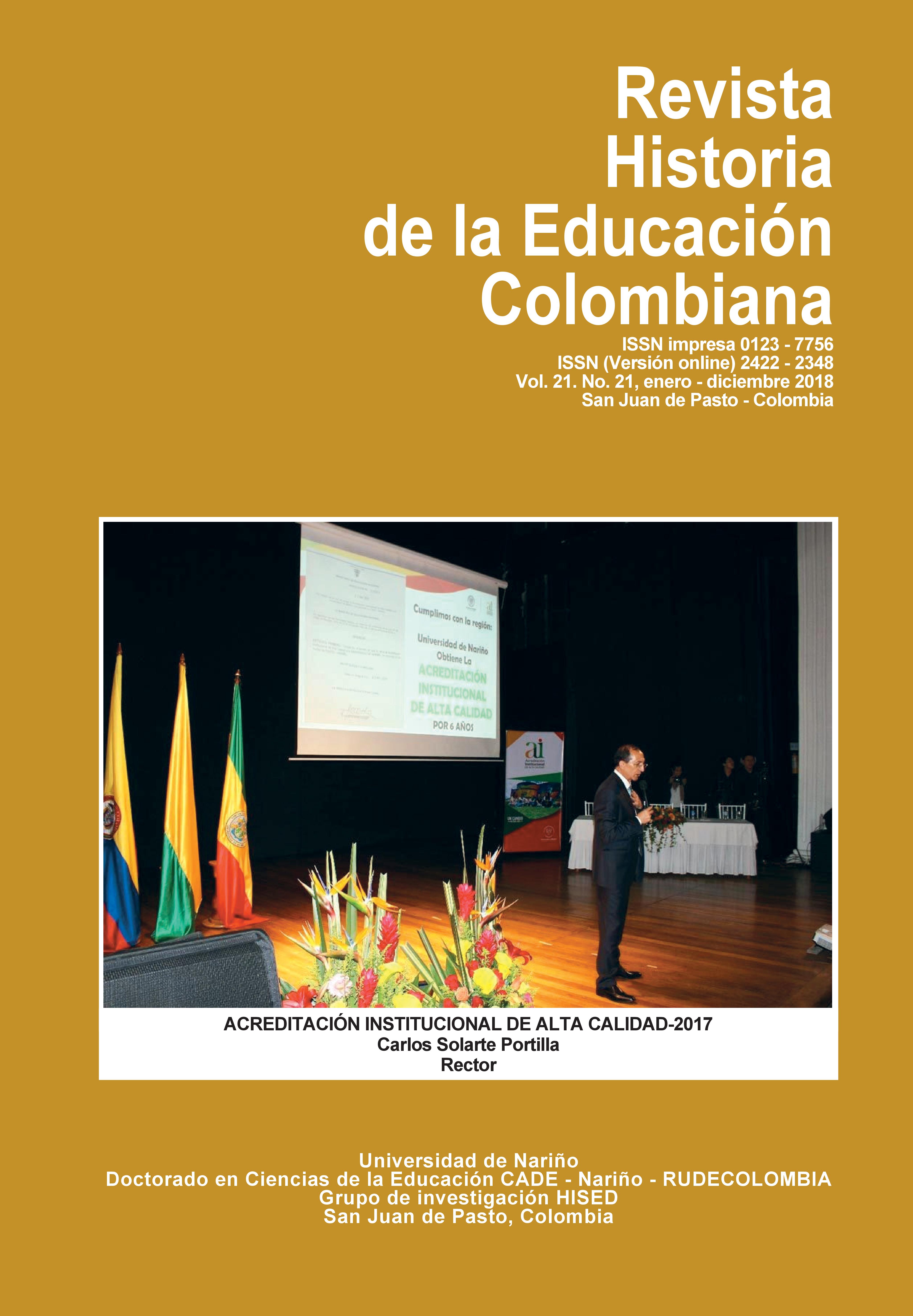Alterity and violence in Colombia. Theoretical avatars of a cultural history
DOI:
https://doi.org/10.22267/rhec.182121.8Keywords:
alterity, cultural history, social representations, violence in ColombiaAbstract
The political violence dynamics in Colombia is strongly charged with alterity, construction of “other radicals”, people that represent the opposite, the malignant, the subversive, the dangerous, the repressive, etc. It is through this burden that the conceptual construction of the enemy is achieved. In this sense, we pretend to recognize the alterity representations built upon the others through their referential paradigms, that is, based on their discourses of “normality-truth”. This way, one can identify who and how he/she represents otherness, and how this otherness, made radical alterity, justifies the violence against him/her. Thus, one can construct a cultural history of the violence in Colombia by means of press material (that is politically biased due to a bipartisan political culture) and from the construction of the enemy (the other) as a radical alterity. The construction of the representations from the press media offers the founding element of this work. Therefore, we offer a periodization that allows us to recognize the categories elaborated upon a fundamental factor of violence in Colombia, which is the guerrilla phenomenon from (1964 to 1984).







